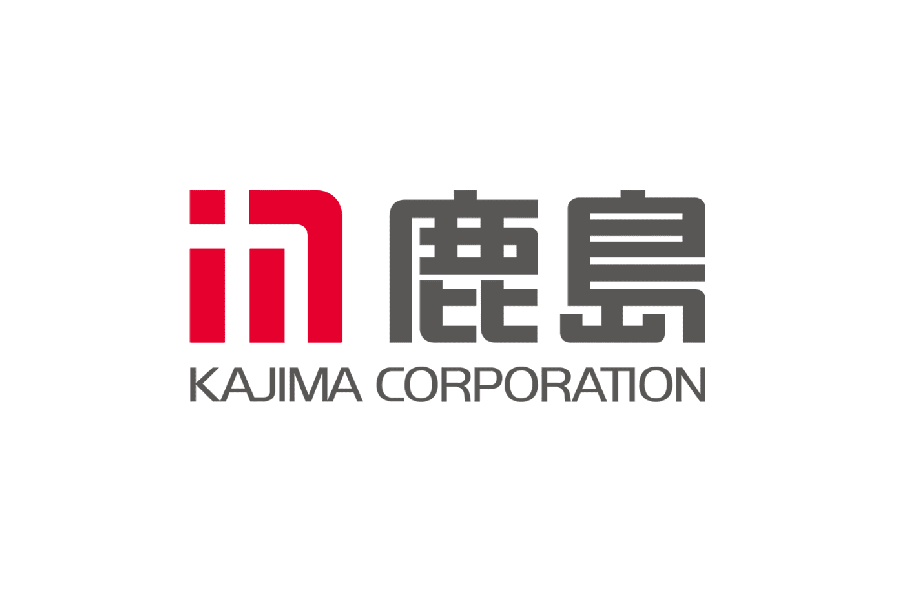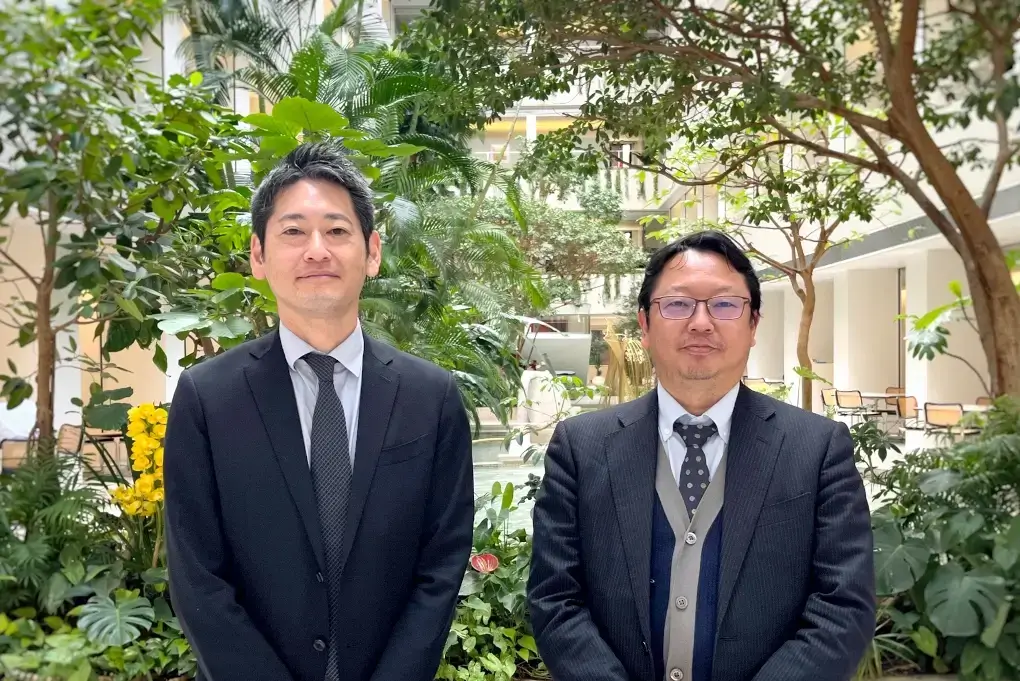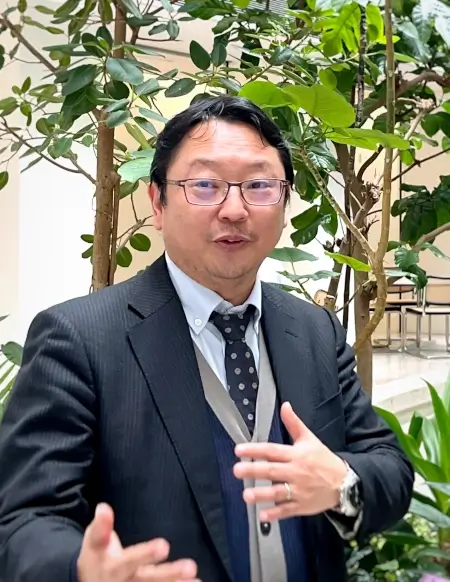Voices of MIIDEL Users

「We all want to use it because it’s a good software! 」
The enthusiasm on-site has propelled its company-wide adoption, and now it’s used in other departments as well.

KAJIMA CORPORATION
Case of the Building Construction Management Division, Construction Department

Interviewee
KAJIMA CORPORATION
The Building Construction Management Division, Construction Department Construction Group Leader, Mr. Shinya Araki
Construction Group Section Leader, Mr. Koichi Uno
Photo right: Mr. Araki, left: Mr. Uno
MIIDEL (hereafter referred to as M) : First off, could you share with us the background for implementing MIIDEL?
Mr. Araki (honorifics omitted): A few years ago, when we shared a case of productivity improvement throughout the company, several sites simultaneously suggested, “MIIDEL, this image comparison software is very good, should it be implemented by the head office in one go?” We wanted to inform the departments that were still unaware and hoped that those who needed it could start using it quickly… There was quite a buzz at the time.
While it’s common to standardise management software across the company, function-specific software like MIIDEL is usually chosen by each site based on preference, so cases of a one-off implementations are rare. However, driven by the enthusiasm of the sites, we eventually implemented this software, and it’s now being used not only in the construction department but also in many other departments. We introduced it in our internal newsletters and information-sharing meetings, but its spread was faster than usual due to positive user feedback.
While it’s common to standardise management software across the company, function-specific software like MIIDEL is usually chosen by each site based on preference, so cases of a one-off implementations are rare. However, driven by the enthusiasm of the sites, we eventually implemented this software, and it’s now being used not only in the construction department but also in many other departments. We introduced it in our internal newsletters and information-sharing meetings, but its spread was faster than usual due to positive user feedback.
Mr. Uno (honorifics omitted):The widespread use of MIIDEL, from the perspective of various departments, may be because it has revealed new insights into business reform insights that we had not noticed before.

M: It’s great to hear that everyone has developed their own ways of using it on their own sites. What aspects of MIIDEL have been well-received by the construction department?
Uno:In construction-related drawings, there are design drawings and construction drawings, which include various types such as piping and electrical diagrams. These drawings are constantly being revised and updated. Especially in residential construction, this includes information such as sales brochures for external release, so there are changes that have to be exchanged before the final version is reached, so it’s sometimes unclear which version is the final version.
Before introducing MIIDEL, we had to superimpose CAD data and visually check them visually one by one. However, not all drawings to be compared are CAD data, so the ability to compare with PDFs in MIIDEL has been a lifesaver. The results of the comparison are displayed in different colours, making it easy for the person doing the work to quickly understand what to focus on. The first time we used it on site, we were all impressed, and said “It’s great!” Moreover, MIIDEL’s features have also evolved, including distortion correction and partial movement, among other adjustments. These subtle improvements were very helpful when working on site.
Before introducing MIIDEL, we had to superimpose CAD data and visually check them visually one by one. However, not all drawings to be compared are CAD data, so the ability to compare with PDFs in MIIDEL has been a lifesaver. The results of the comparison are displayed in different colours, making it easy for the person doing the work to quickly understand what to focus on. The first time we used it on site, we were all impressed, and said “It’s great!” Moreover, MIIDEL’s features have also evolved, including distortion correction and partial movement, among other adjustments. These subtle improvements were very helpful when working on site.
Araki:The task of comparing drawings involves quite complex operations, but people usually think they can do it roughly, so they try, however, once started, it turns out to be a “massive amount of repetitive work”, that is not only tedious, but also prone to oversights and errors. I believe that such repetitive tasks should be delegated to machines.

M: How do you use the time you save by improving efficiency with MIIDEL?
Araki:f changes in the drawings are not noticed in time, it results in significant rework on-site, wasting time and costs, and greatly reducing work motivation. If detected early, hasty design changes can be pointed out, and additional costs requested, leading to an increase in construction costs, the exact opposite result.
If changes to the drawings are not noticed in time, it results in significant rework on-site, wasting time and costs, and greatly reducing work motivation. If detected early, hasty design changes can be pointed out, and additional costs requested, leading to an increase in construction costs, the exact opposite result.
On the other hand, in recent years, all companies have faced the issue of employee working hours. Especially in the construction and transportation industries, there is a need to address the so-called “2024 problem” (the end of the five-year grace period for overtime work limits as part of the government’s work style reform). When the total number of hours an individual can work is determined, how to effectively use valuable time becomes a significant issue. Therefore, it’s not just about “making work easier”, but how to use time effectively is also important. This trend may become more apparent in the future.
If changes to the drawings are not noticed in time, it results in significant rework on-site, wasting time and costs, and greatly reducing work motivation. If detected early, hasty design changes can be pointed out, and additional costs requested, leading to an increase in construction costs, the exact opposite result.
On the other hand, in recent years, all companies have faced the issue of employee working hours. Especially in the construction and transportation industries, there is a need to address the so-called “2024 problem” (the end of the five-year grace period for overtime work limits as part of the government’s work style reform). When the total number of hours an individual can work is determined, how to effectively use valuable time becomes a significant issue. Therefore, it’s not just about “making work easier”, but how to use time effectively is also important. This trend may become more apparent in the future.
M: This means that MIIDEL helps not only in the quality of work but also in the quantity. It’s a great encouragement for us as well. We greatly appreciate your time today in sharing such insightful perspectives.
This article is a translation of an interview conducted in Japanese.
Please refer to the Japanese page for accurate content.

